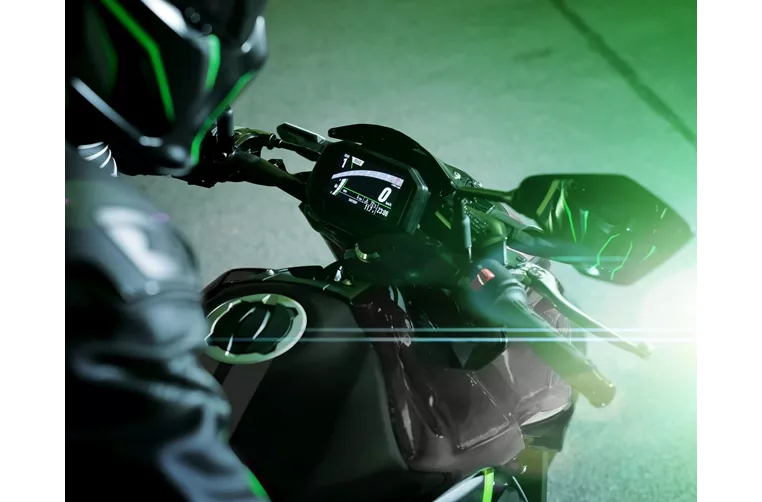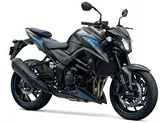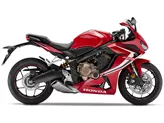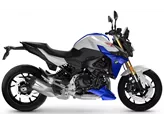Kawasaki Z900 2023 vs. Kawasaki Ninja 650 2017
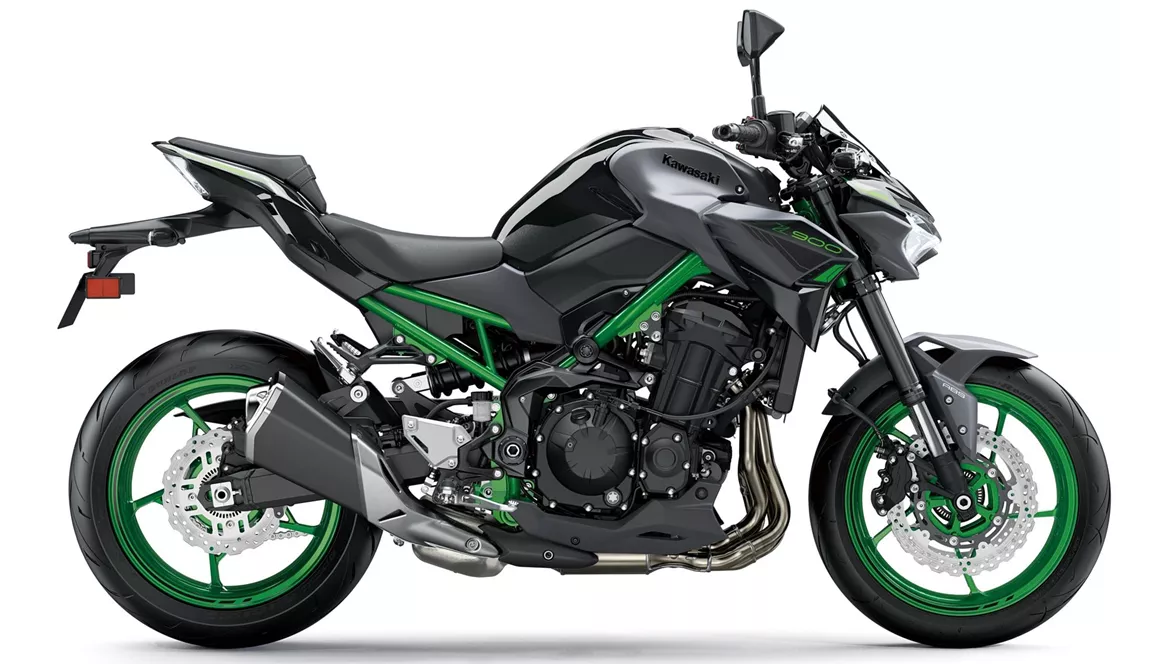
Kawasaki Z900 2023

Kawasaki Ninja 650 2017
Overview - Kawasaki Z900 2023 vs Kawasaki Ninja 650 2017
The Kawasaki Z900 model year 2023 and the Kawasaki Ninja 650 model year 2017 are both motorcycles produced by Kawasaki, but they have several differences in terms of technical specifications and strengths and weaknesses.
Starting with the technical specifications, the Kawasaki Z900 2023 is equipped with an in-line engine with a displacement of 948ccm, producing 125 HP of engine power and 98.6 Nm of torque. It has a compression ratio of 11.8 and a fuel system with injection. The Z900 features a 4-cylinder engine with 4 valves per cylinder and DOHC technology. It has a liquid cooling system and a throttle bore of 36mm. The front suspension is an upside-down telescopic fork with a diameter of 41mm, while the rear suspension is a swing arm with a monoshock and preload and rebound adjustment. The Z900 has a steel double cradle frame, a rake of 65 degrees, and a trail of 105mm. The front brakes are double disk with a diameter of 300mm and four pistons, and it has ABS, riding modes, ride by wire, and traction control as advanced rider assistance systems. The Z900 has a front tire width of 120mm and a diameter of 17 inches, and a rear tire width of 180mm and a diameter of 17 inches. It has a wheelbase of 1450mm, a seat height of 795mm, and a kerb weight of 212kg with ABS.
On the other hand, the Kawasaki Ninja 650 2017 is also equipped with an in-line engine, but with a smaller displacement of 649ccm. It produces 68.2 HP of engine power and 65.7 Nm of torque, with a compression ratio of 10.8 and a fuel system with injection. The Ninja 650 has a 2-cylinder engine with 4 valves per cylinder and DOHC technology. It also has a liquid cooling system and a throttle bore of 36mm. The front suspension is a telescopic fork with a diameter of 41mm, and the rear suspension is a swing arm with a monoshock and preload adjustment. The Ninja 650 has a steel tubular frame, a rake of 65.5 degrees, and a trail of 100mm. The front brakes are double disk with a diameter of 300mm and double pistons, and it has ABS as an advanced rider assistance system. It has a front tire width of 120mm and a diameter of 17 inches, and a rear tire width of 160mm and a diameter of 17 inches. The Ninja 650 has a wheelbase of 1410mm, a seat height of 790mm, and a kerb weight of 193kg with ABS.
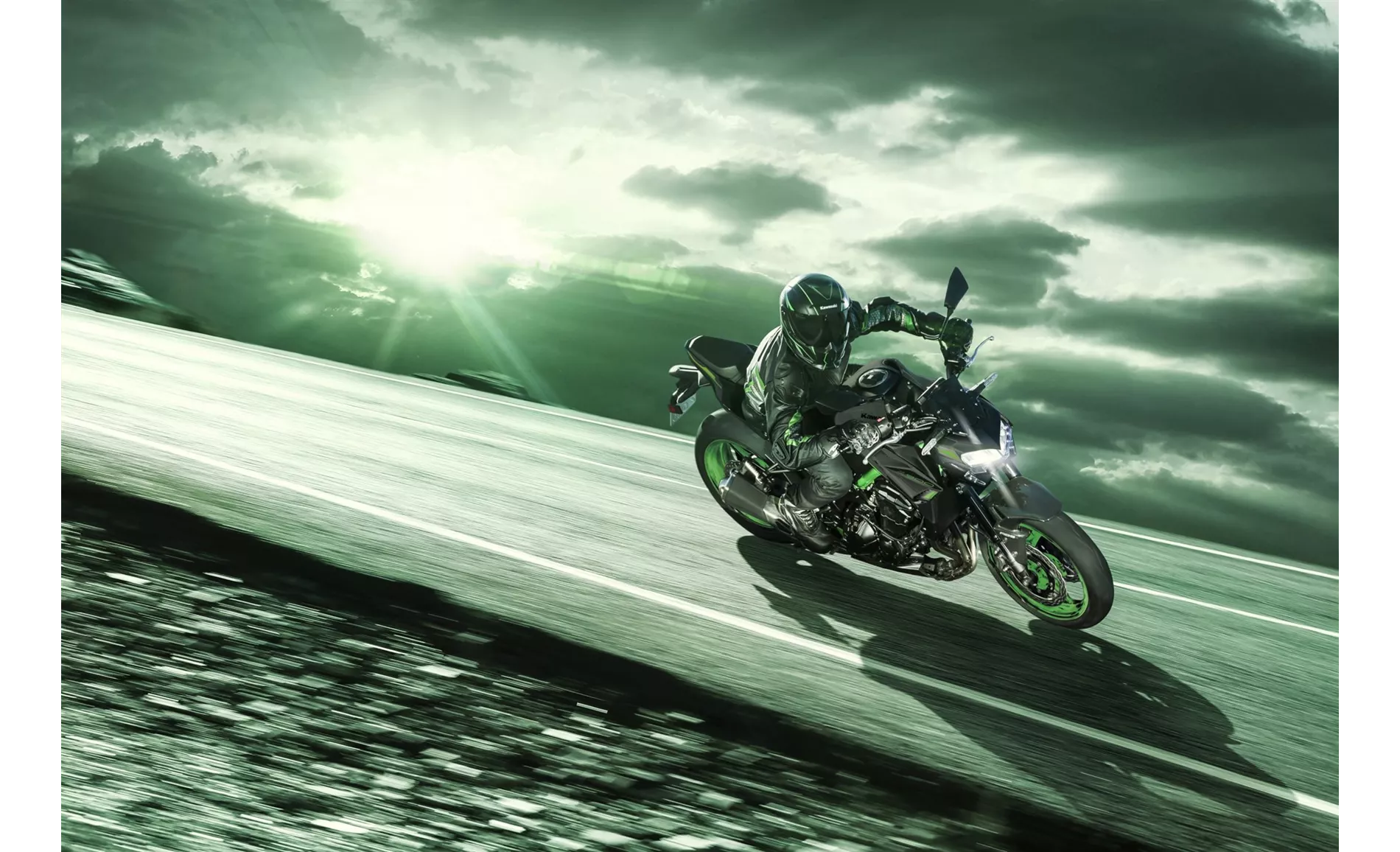
Kawasaki Z900 2023
In terms of strengths, the Kawasaki Z900 2023 is praised for its light and natural handling with high stability. It has a silky engine that provides full pull from low revs and offers great feedback. The seating position is comfortable and has a feel-good factor. Additionally, the Z900 is considered to have an absolutely fair price.
On the other hand, the Kawasaki Ninja 650 2017 is known for its transparent chassis for sport riding. It has playful and good-natured handling, excellent brakes, and sharp looks inspired by the ZX-10R. The engine of the Ninja 650 is also praised for being resilient.

Kawasaki Ninja 650 2017
However, both motorcycles have their weaknesses. The Kawasaki Z900 2023 is criticized for its relatively cumbersome operation of the menu and the absence of slope-dependent assistance systems. It is also considered to have a high weight, which may affect maneuverability.
Similarly, the Kawasaki Ninja 650 2017 has its weaknesses. It is said to have little sound from the stock exhaust and the engine shows slight vibrations, which may affect the overall riding experience.
In conclusion, the Kawasaki Z900 2023 and the Kawasaki Ninja 650 2017 have different technical specifications and strengths and weaknesses. The Z900 offers a more powerful engine, advanced rider assistance systems, and a higher weight, while the Ninja 650 has a smaller engine but is praised for its sporty handling and looks. Ultimately, the choice between the two motorcycles will depend on the rider's preferences and priorities.
Technical Specifications Kawasaki Z900 2023 compared to Kawasaki Ninja 650 2017
Pros and Cons in comparison
Pros and Cons in comparison
Kawasaki Z900 2023
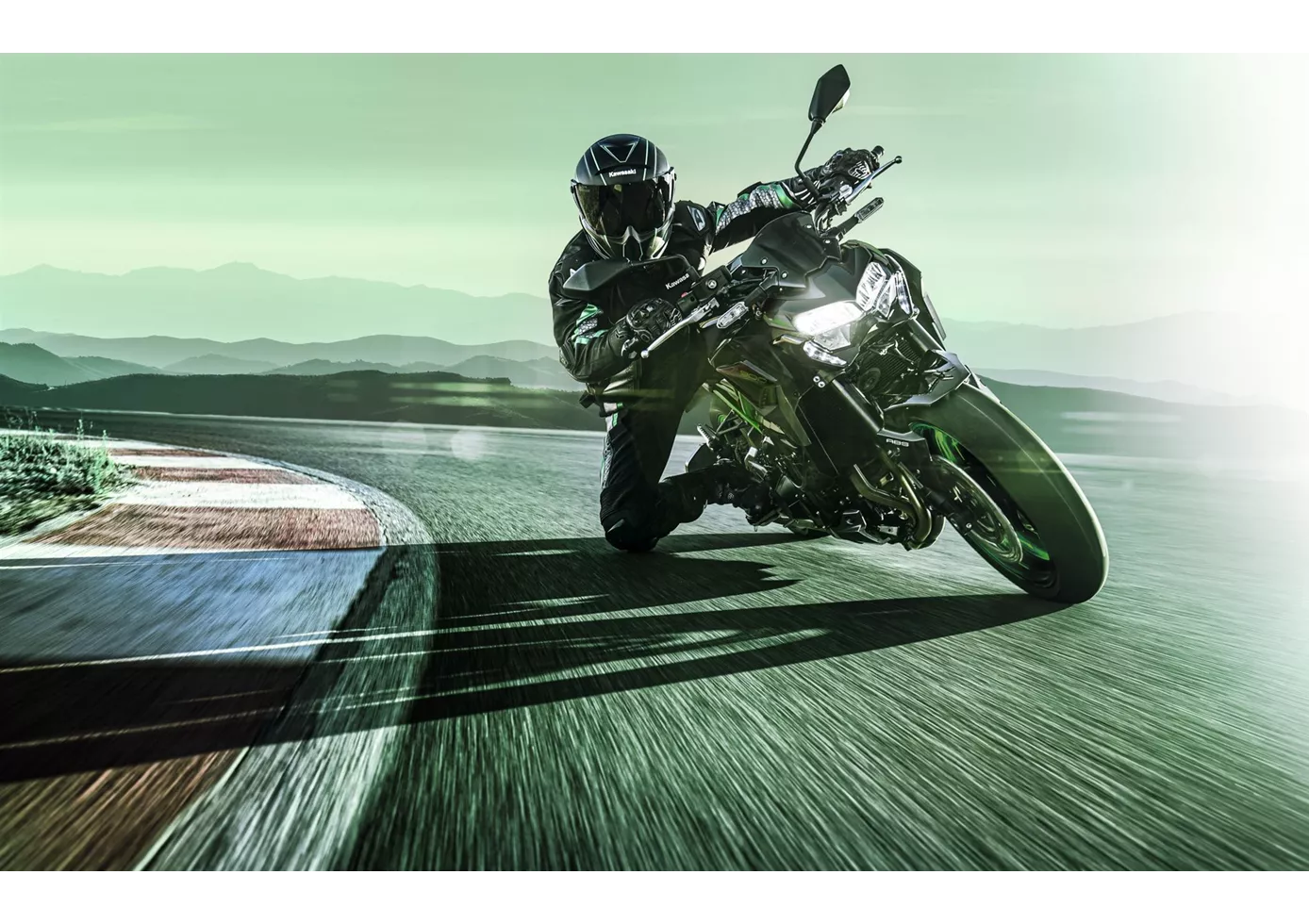
The Kawasaki Z900 may not be up to scratch when it comes to modern, lean angle-dependent electronic features, but it's relatively cheap and you shouldn't underestimate the fan base of the good old inline four - the Z900 is one of the cheapest ways to own such a great engine with just under a litre of displacement in a sporty naked bike! The higher weight is noticeable, but not massively annoying, because the handling and stability are quite alright. In terms of "outdated" electronics, the most annoying thing is the missing shift assistant, which is not even available as an option. Overall, however, the Z900 is a great naked bike with a great price-performance ratio.
Kawasaki Ninja 650 2017

The Ninja 650 firmly stamps its predecessor (Er-6f). The engine has mastered the Euro 4 hurdle well and serves up a very usable 68 hp, the chassis is simply great for this class, and the weight reduction of 18(!) kilos compared to the ER-6f justifies reverent nods.
Price Comparison Avarage Market Price Kawasaki Z900 vs Kawasaki Ninja 650
There are a few key differences between a Kawasaki Z900 2023 and a Kawasaki Ninja 650 2017. In terms of price, the actual average price of a Kawasaki Z900 2023 is about 56% higher. Compared to Kawasaki Ninja 650 2017 there are more Kawasaki Z900 2023 bikes available on the 1000PS.de Marketplace, specifically 187 compared to 7. It takes less time to sell a Kawasaki Ninja 650 with 96 days compared to 122 days for the Kawasaki Z900. Since model year 2017 1000PS.de editors have written 46 reviews for the Kawasaki Z900 and 20 reviews for the Kawasaki Ninja 650 since model year 2017. The first review for the Kawasaki Z900 was published on 11/11/2016 and now has more than 93,200 views. This compares to more than 79,600 views for the first review on Kawasaki Ninja 650 published on 10/4/2016.
